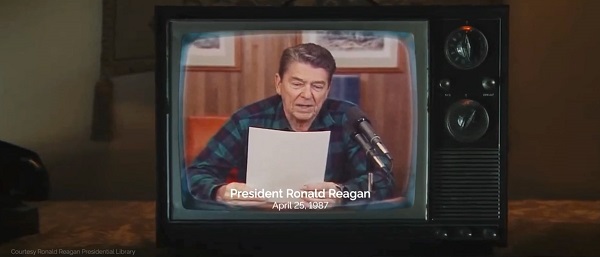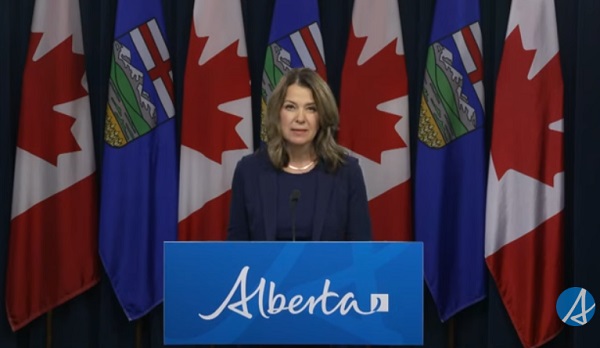Economy
Scott Moe tells Trudeau he will stop collecting carbon tax unless Saskatchewan gets tax break
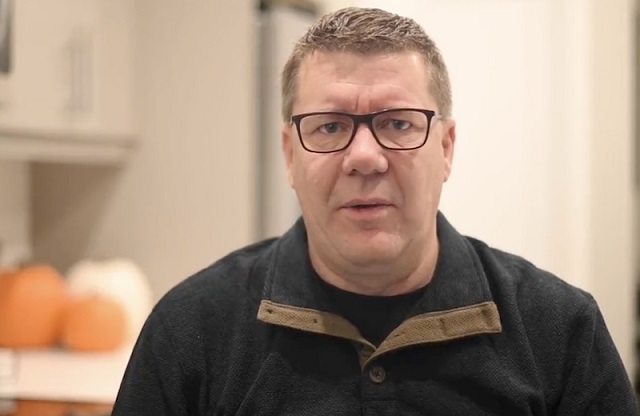
From LifeSiteNews
‘I cannot accept the Federal Government giving an affordability break to people in one part of Canada, but not here,’ the Saskatchewan premier said in an announcement on Monday.
Saskatchewan Premier Scott Moe put Prime Minister Justin Trudeau on notice today by saying his province will stop collecting a federal carbon tax on natural gas used to heat homes come January 1, 2024, unless it gets a similar tax break that Atlantic Canadian provinces just got from the federal government for heating their homes.
“So, the Prime Minister chose to make life more affordable for families in one part of the country while leaving Saskatchewan families out in the cold. How is that fair to families here in our province, where affordability is also an issue, where winters are cold, and where most of us use natural gas to stay warm?” said Moe in a video posted today to X (formerly Twitter).
“I cannot accept the Federal Government giving an affordability break to people in one part of Canada, but not here. So today I am calling on the Federal Government to offer the same carbon tax exemption to Saskatchewan families by extending it to all forms of home heating, not just heating oil.”
Moe said that Trudeau should give Saskatchewan a tax break, as this is only “fair” for “Saskatchewan and Canadian families.”
“Hopefully that exemption will be provided soon,” he said.
Moe then turned up the heat on Trudeau. He said that if Trudeau does not give his province the same break as Atlantic provinces, “effective January 1st, Sask Energy will stop collecting and submitting the carbon tax on natural gas, effectively providing Saskatchewan residents with the very same exemption that the federal government is giving heating oil in Atlantic Canada.”
Moe said that while the federal government may say what he is contemplating doing is “illegal and that you simply cannot choose to collect and pay your taxes,” which he added in “most” cases he would “agree with,” it’s the “federal government that has created two classes of taxpayer, by providing an exemption for heating with an exemption that really only applies in one part of the country and effectively excludes Saskatchewan.”
Moe said that his job as premier is to make sure “Saskatchewan residents are treated fairly and equally with our fellow Canadians in other parts of the country.”
“And that’s what I am doing today,” he added.
Moe said the “real solution” for the entire issue with high heating bills thanks to a carbon tax is for the “federal government to scrap the entire carbon tax on everyone and everything.”
As it currently stands, provinces collect the carbon tax on behalf of the federal government.
Late last week, amid dismal polling numbers that show his government will be defeated in a landslide by the Conservative Party come the next election, Trudeau announced he was pausing the collection of the carbon tax on home heating oil in Atlantic Canadian provinces for three years.
However, while making the announcement, Trudeau said the goal of the pause was to encourage locals to ditch their home heating oil units for electric heat pumps and said his government would be giving out free pumps to many homeowners.
LifeSiteNews reported earlier this month how Trudeau’s carbon tax is costing Canadians hundreds of dollars annually, as government rebates it gives out are not enough to compensate for high fuel costs.
As it stands now, Canadians who live in a province that does not have their own carbon tax scheme fall under the federal carbon pricing scheme and pay $65 per tonne. The Trudeau government has a goal of $170 per tonne by 2030, however.
This will increase the costs of everything. A recent report revealed that a carbon tax of more than $350 per tonne is needed to reach Trudeau’s net zero goals by 2050.
Moe and Alberta Premier Smith blast Trudeau as ‘danger’ to confederation
Over the weekend, both Moe and Alberta Premier Danielle Smith, who also opposes the carbon tax, blasted Trudeau as being a danger to the confederation, after his Rural Economic Development Minister Gudie Hutchings said those provinces “need to elect more Liberals in the Prairies so that we can have that conversation as well.”
Smith and Moe said that Hutchings’ comments show the carbon tax has nothing to do with the environment but is all about “politics.”
Saskatchewan is not alone in opposing Trudeau’s carbon tax and “net zero” environmental goals.
Both it and Alberta have repeatedly promised to place the interests of their people above the Trudeau government’s “unconstitutional” demands while consistently reminding the federal government that their infrastructures and economies depend upon oil, gas, and coal.
The Trudeau government’s current environmental goals – in lockstep with the United Nations’ “2030 Agenda for Sustainable Development” – include phasing out coal-fired power plants, reducing fertilizer usage, and curbing natural gas use over the coming decades.
Business
Trans Mountain executive says it’s time to fix the system, expand access, and think like a nation builder

Mike Davies calls for ambition and reform to build a stronger Canada
A shift in ambition
A year after the Trans Mountain Expansion Project came into service, Mike Davies, Senior Director of Marine Development at Trans Mountain, told the B.C. Business Summit 2025 that the project’s success should mark the beginning of a new national mindset — one defined by ambition, reform, and nation building.
“It took fifteen years to get this version of the project built,” Davies said. “During that time, Canadian producers lost about $50 billion in value because they were selling into a discounted market. We have some of the world’s largest reserves of oil and gas, but we can only trade with one other country. That’s unusual.”
With the expansion now in operation, that imbalance is shifting. “The differential on Canadian oil has narrowed by about $13 billion,” he said. “That’s value that used to be extracted by the United States and now stays in Canada — supporting healthcare, reconciliation, and energy transformation. About $5 billion of that is in royalties and taxes. It’s meaningful for us as a society.”
Davies rejected the notion that Trans Mountain was a public subsidy. “The federal government lent its balance sheet so that nation-building infrastructure could get built,” he said. “In our first full year of operation, we’ll return more than $1.3 billion to the federal government, rising toward $2 billion annually as cleanup work wraps up.”
At the Westridge Marine Terminal, shipments have increased from one tanker a week to nearly one a day, with more than half heading to Asia. “California remains an important market,” Davies said, “but diversification is finally happening — and it’s vital to our long-term prosperity.”
Fixing the system to move forward
Davies said this moment of success should prompt a broader rethinking of how Canada approaches resource development. “We’re positioned to take advantage of this moment,” he said. “Public attitudes are shifting. Canadians increasingly recognize that our natural resource advantages are a strength, not a liability. The question now is whether governments can seize it — and whether we’ll see that reflected in policy.”
He argued that governments have come to view regulation as a “free good,” without acknowledging its economic consequences. “Over the past decade, we’ve seen policy focus almost exclusively on environmental and reconciliation objectives,” he said. “Those are vital, but the public interest extends well beyond that — to include security, economic welfare, the rule of law, transparency, and democratic participation.”
Davies said good policy should not need to be bypassed to get projects built. “I applaud the creation of a Major Projects Office, but it’s a disgrace that we have to end run the system,” he said. “We need to fix it.”
He called for “deep, long-term reform” to restore scalability and investment confidence. “Linear infrastructure like pipelines requires billions in at-risk capital before a single certificate is issued,” he said. “Canada has a process for everything — we’re a responsible country — but it doesn’t scale for nation-building projects.”
Regulatory reform, he added, must go hand in hand with advancing economic reconciliation. “The challenge of our generation is shifting Indigenous communities from dependence to participation,” he said. “That means real ownership, partnership, and revenue opportunities.”
Davies urged renewed cooperation between Alberta and British Columbia, calling for “interprovincial harmony” on West Coast access. “I’d like to see Alberta see B.C. as part of its constituency,” he said. “And I’d like to see B.C. recognize the need for access.”
He summarized the path forward in plain terms: “We need to stem the exit of capital, create an environment that attracts investment, simplify approvals to one major process, and move decisions from the courts to clear legislation. If we do that, we can finally move from being a market hostage to being a competitor — and a nation builder.”
Business
Canada is still paying the price for Trudeau’s fiscal delusions
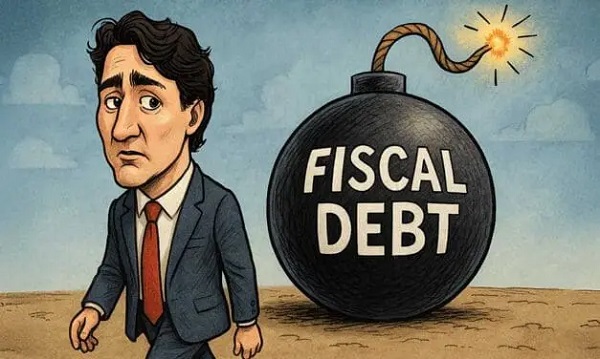
This article supplied by Troy Media.
 By Lee Harding
By Lee Harding
Trudeau’s reckless spending has left Canadians with record debt, poorer services and no path back to a balanced budget
Justin Trudeau may be gone, but the economic consequences of his fiscal approach—chronic deficits, rising debt costs and stagnating growth—are still weighing heavily on Canada
Before becoming prime minister, Justin Trudeau famously said, “The budget will balance itself.” He argued that if expenditures stayed the same, economic growth would drive higher tax revenues and eventually outpace spending. Voila–balance!
But while the theory may have been sound, Trudeau had no real intention of pursuing a balanced budget. In 2015, he campaigned on intentionally overspending and borrowing heavily to build infrastructure, arguing that low interest rates made
it the right time to run deficits.
This argument, weak in its concept, proved even more flawed in practice. Postpandemic deficits have been horrendous, far exceeding the modest overspending initially promised. The budgetary deficit was $327.7 billion in 2020–21, $90.3 billion the year following, and between $35.3 billion and $61.9 billion in the years since.
Those formerly historically low interest rates are also gone now, partly because the federal government has spent so much. The original excuse for deficits has vanished, but the red ink and Canada’s infrastructure deficit remain.
For two decades, interest payments on federal debt steadily declined, falling from 24.6 per cent of government revenues in 1999–2000 to just 5.9 per cent in 2021–22—thanks largely to falling interest rates and prior fiscal restraint. But that trend has reversed. By 2023–24, payments surged past 10 per cent for the first time in over a decade, as rising interest rates collided with record federal debt built up under Trudeau.
Rising debt costs are only part of the story. Federal revenues aren’t what they could have been because Canada’s economy has stagnated. High immigration, which drives productivity down, is the only thing masking our lacklustre GDP growth. Altogether, Canada was 35th among 38 countries in the Organization for Economic Co-operation and Development (OECD) for per capita GDP growth from 2014 to 2022 at just 0.2 per cent. By comparison, Ireland led at 45.2 per cent, followed by the U.S. at 20.8 per cent.
Why should a country like Canada, so blessed with natural resources and knowhow, do so poorly? Capital investment has fled because our government has made onerous regulations, especially hindering our energy industry. In theory, there’s now a remedy. Thanks to new legislation, the Carney government can extend its magic sceptre to those who align with its agenda to fast-track major projects and bypass the labyrinth it created. But unless you’re onside, the red tape still strangles you.
But as the private sector withers under red tape, Ottawa’s civil service keeps ballooning. Some trimming has begun, rattling public sector unions. Still, Canada will be left with at least five times as many federal tax employees per capita as the U.S.
Canada also needs to ease its hell-bent pursuit of net-zero carbon emissions. Hydrocarbons still power the Canadian economy—from vehicles to home heating—and aren’t practically replaceable. Canada has already proven that chasing net zero leads to near-zero per capita growth. Despite high immigration, the OECD projects Canada to have the lowest overall GDP growth between 2021 and 2060.
The Nov. 4 release of the federal budget is better late than never. So would be a plan to grow the economy, slash red tape and eliminate the deficit. But we’re unlikely to get one.
Trudeau may be gone, but his legacy of fiscal recklessness is alive and well.
Lee Harding is a research fellow with the Frontier Centre for Public Policy.
Troy Media empowers Canadian community news outlets by providing independent, insightful analysis and commentary. Our mission is to support local media in helping Canadians stay informed and engaged by delivering reliable content that strengthens community connections and deepens understanding across the country
-

 Business1 day ago
Business1 day agoTrans Mountain executive says it’s time to fix the system, expand access, and think like a nation builder
-
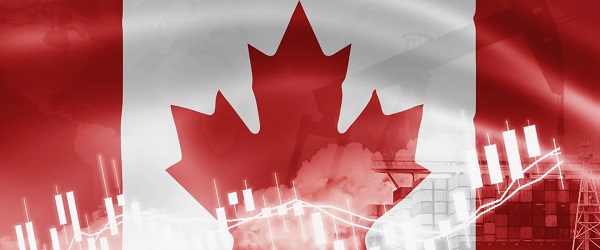
 Business2 days ago
Business2 days agoCarney government risks fiscal crisis of its own making
-
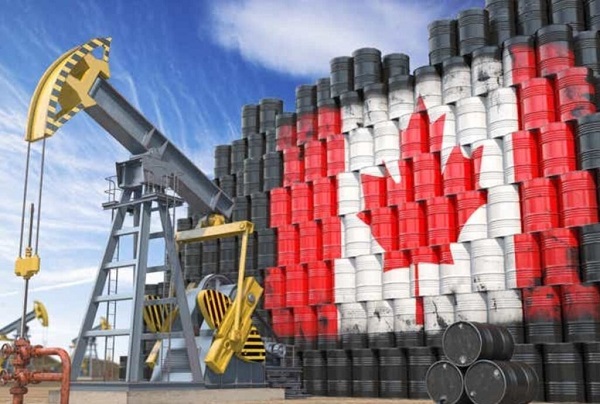
 Energy1 day ago
Energy1 day agoCAPP calls on federal government to reset energy policy before it’s too late
-

 Alberta2 days ago
Alberta2 days agoB.C. would benefit from new pipeline but bad policy stands in the way
-

 Frontier Centre for Public Policy2 days ago
Frontier Centre for Public Policy2 days agoChurches Are All That Stands Between Canada And Tyranny
-
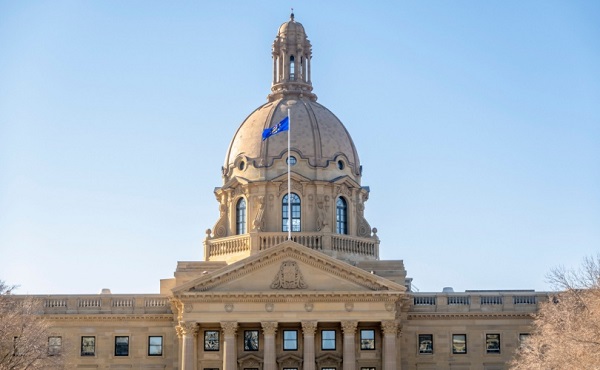
 Alberta2 days ago
Alberta2 days agoAlberta introduces bill allowing province to reject international agreements
-
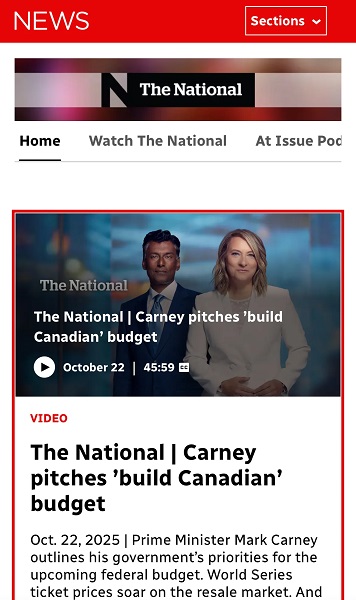
 Media17 hours ago
Media17 hours agoCarney speech highlights how easily newsrooms are played by politicians announcing the same things over and over again
-
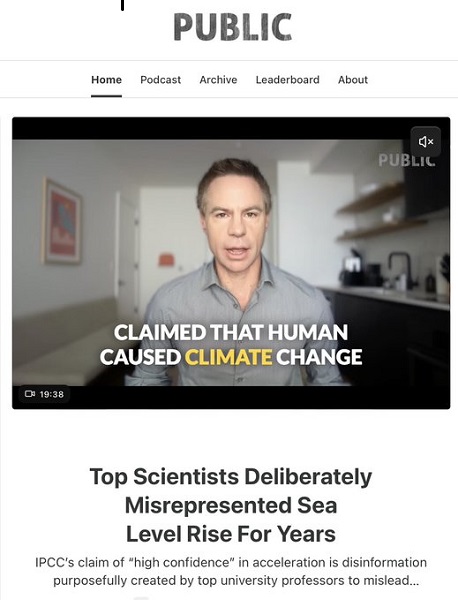
 Economy2 days ago
Economy2 days agoTop Scientists Deliberately Misrepresented Sea Level Rise For Years




